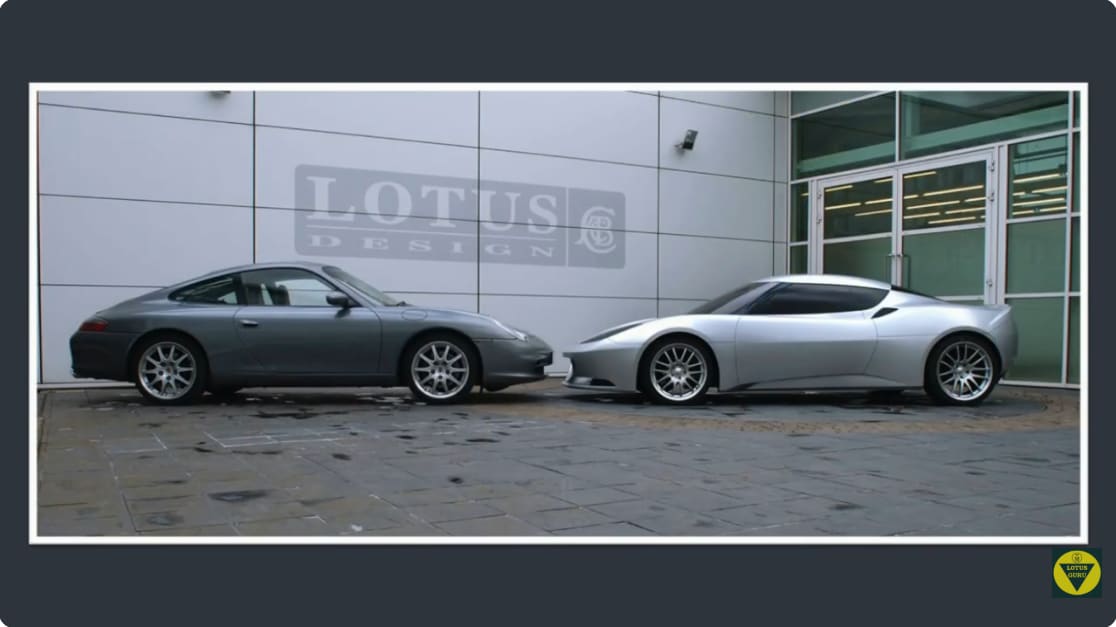
This video, the first in a new series by the Lotus Car Guru, provides a detailed overview of the Lotus Evora.
Key topics covered include:
Inception and Development: The project, code-named "Eagle," started in 2006 as Lotus's first completely new car since the 1995 Lotus Elise. It aimed to rival the Porsche 911 and offer a larger, more comfortable, and usable car. Notable personalities like Roger Becker and his son Matt Becker were involved in engineering and handling, ensuring it would "handle and ride like a true Lotus". The exterior was designed by Steve Crimp, and the interior by Anthony Bushell. The project took 27 months.
Launch and Reception: The Evora was launched at the British Motor Show in July 2008, receiving positive reviews from motoring press and featuring on shows like BBC's Top Gear and Channel Five's Fifth Gear.
Model History Milestones:
Launch Editions: The first 450 Evoras were fully spec'd launch editions priced at nearly £59,000. A base spec (£49,000) was only available after these were built.
Evora S: Introduced in December 2010 (2011 model year), featuring a supercharger adding 69 brake horsepower.
Evora IPS: An automatic version with paddle shifters, introduced in March 2011.
Evora 400: Introduced in 2015, an updated version with more power, a redesigned interior, new panels, and under-the-skin modifications.
Evora 410 Sport, GT430, GT Sport, GT410 Sport, and Evora GT: Subsequent models introduced between 2016 and 2019, focusing on weight reduction, more power, revised carbon fiber panels, upgraded brakes, suspension, and other enhancements.
End of Production: The Evora ceased production in 2021, with the GT410 and GT410 Sport being the final models. The presenter expresses regret, believing the Evora was "one of the best cars that Lotus ever produced".
Engine Details: The Evora consistently used a Toyota 2GR-FE 3.5-liter 60-degree V6 engine.
Construction and Reliability: Known for its lightweight, all-alloy construction, this engine is "well engineered and reliable". It features variable valve timing, chain-driven cams, hydraulically operated VVT units, lightweight slipper-type pistons, and forged steel connecting rods and crankshaft.
Power Increases: The engine, initially rated at 276 horsepower, was pushed to 430 and even 460 horsepower in later models without internal modifications, primarily through supercharging using Harrop HTV 1320 and later Edelbrock superchargers.
Supercharging vs. Turbos: Superchargers were chosen over turbos due to heat management challenges in the Evora's enclosed engine bay.
Engine Modifications for Increased Power: The supercharged "S" model included higher flow fuel injectors, an uprated fuel pump, revised spark plugs, recalibrated engine maps, a bypass valve on the exhaust, twin front-mounted air-to-air coolers, and a modified under tray to improve cooling. Later models added larger displacement superchargers with liquid-cooled intercoolers, improved airboxes, larger throttle bodies, and larger diameter exhaust systems.
Recalls/Bulletins: The only engine-related recall in 2012 was for an oil pipe issue, not directly related to the Toyota engine itself. The pipe could flex and contact the auxiliary drive belt, spraying oil. This was addressed by manufacturing a one-piece pipe and only affected supercharged engines. The presenter notes that the engine experienced "never a mechanical failure due to a manufacturing defect from Toyota".
The next episode will delve into the manual and automatic gearboxes used in the Evora.
Source: https://www.youtube.com/watch?v=Q8pjyg4ChS8&t=17s
Source: https://www.youtube.com/watch?v=Q8pjyg4ChS8&t=17s